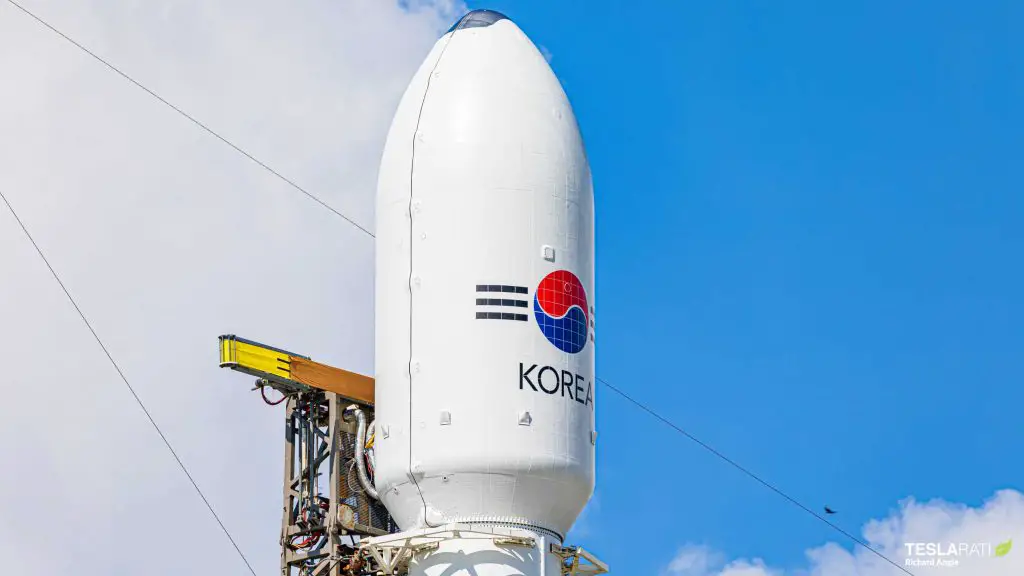At least five military surveillance satellites will be launched on Falcon 9 rockets by the end of 2025, expanding South Korea’s ties with SpaceX. Four SAR satellites and one EO/IR satellite are part of South Korea’s “425 Project,” which is aimed at creating a small constellation of Earth observation satellites in South Korea’s backyard. At least every two hours, all five would assist maintain near-continuous monitoring of North Korean places of interest, allowing for fresh observations.
South Korea aims to develop and build most or all of this spacecraft in-house as a benefit to its aerospace sector. In recent years, the government has placed a high premium on developing homegrown aeronautical solutions. South Korea’s first attempt at a domestic satellite network is unlikely to provide record-breaking results. Most contemporary mid-sized Earth observation satellites have publicly proven capabilities of a maximum resolution of 0.3-0.5 meters (1-1.6 feet) per pixel, and that’s what NASA hopes to achieve with its satellites.
The secret capabilities of the US military and espionage services, on the other hand, may have a resolving power many times greater. As a close friend of the United States, South Korea certainly reaps the advantages of US information sharing. In spite of this, it is not at all surprising that a nation with such a hostile neighbor would desire to have the capacity to develop and operate its own spacecraft. Aside from the spacecraft itself, South Korea has been working on an orbital launch system that is entirely made in the country.
KSLV-2 (also known as Nuri) was launched by the Korea Aerospace Research Institute (KARI) in October 2021 but was unable to reach orbit after its first and second stages operated normally but its third stage encountered pressurization difficulties. As early as June 15th, 2022, Nuri is expected to return to the skies. It is expected that when the South Korean rocket is operational, it will be able to launch up to 1.5 tonnes (around 3300 lb.) into a significantly higher sun-synchronous orbit (LEO) (SSO).
South Korea’s choice to hire SpaceX rockets to launch its 425 Project satellites raises some issues about the country’s trust in – or intentions to use – its own domestic launch capabilities. Considering Nuri’s second launch attempt in mid-2022 has a good chance of reaching orbit, and assuming it does, the rocket should be ready to commence operational missions no later than 2023. A South Korean EO/IR satellite intended to launch initially will weigh roughly 800 kilograms (about 1750 lb), making it an almost ideal match for Nuri’s first operational flight. In order to compensate for any unanticipated performance reductions, the rocket would have a minimal payload.
On the other hand, South Korea has elected to use SpaceX rockets to launch all five of its spacecraft. Lockheed Martin’s Lockheed Martin-built ANASIS-II military communications satellite was just launched by SpaceX and is slated to be launched by KARI’s Korean Pathfinder Lunar Orbiter (KPLO) no later than August 2022.
As for the four SAR satellites, it’s unclear whether SpaceX would launch them one at a time on dedicated Falcon 9s, or as rideshare payloads with other paying customers. Despite the fact that South Korea will be launching KPLO on a Falcon 9 rideshare, the country’s willingness to take advantage of cost-effective rideshare launches is obvious. Regardless, SpaceX’s commercial manifest, which presently includes about 75 publicly announced Falcon launches, will not be affected by South Korea’s recent deal.

